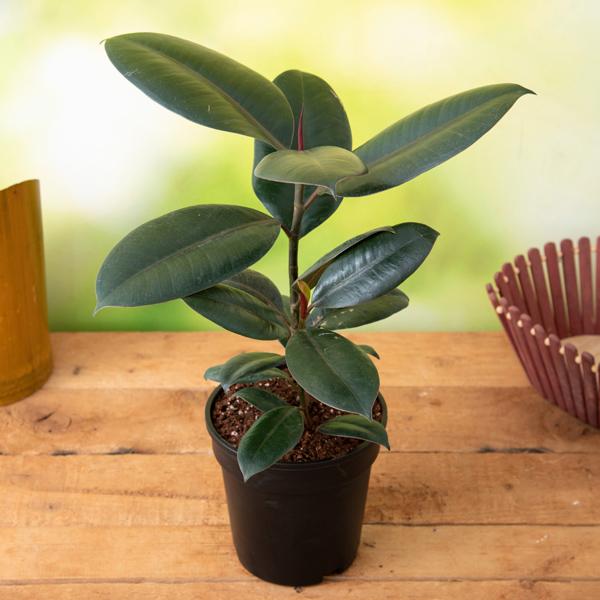
Rubber Tree, Rubber Plant, Ficus elastica - Plant
(MRP Inclusive of all taxes)
- Shipping ₹79 for entire order
- Dispatch in 7 days
- Country of origin: India

(MRP Inclusive of all taxes)
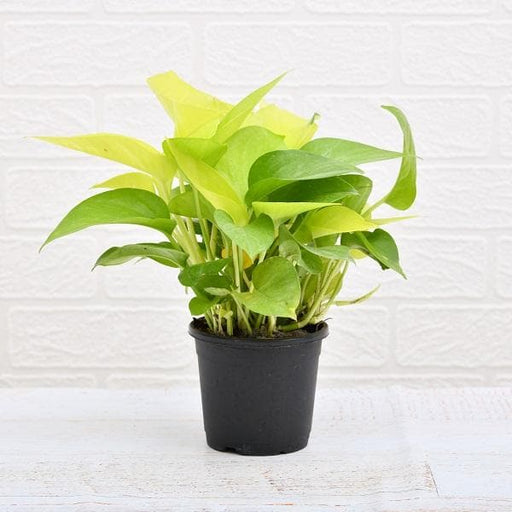 Save 29%
Save 29%
Air Purifier Money Plant with Pot The Air Purifier Money Plant, also known as Pothos or Epipremnum aureum, is a stunning indoor plant that...
View full details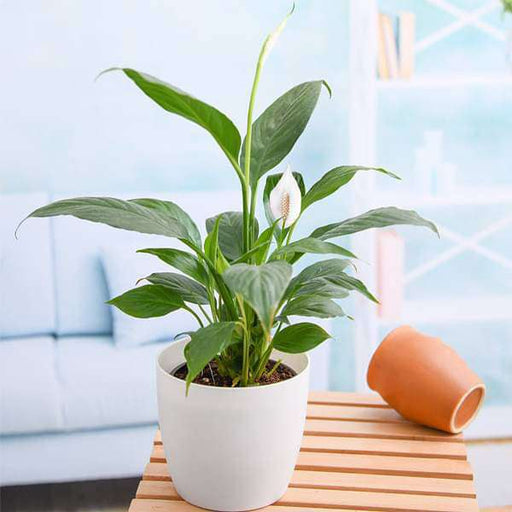
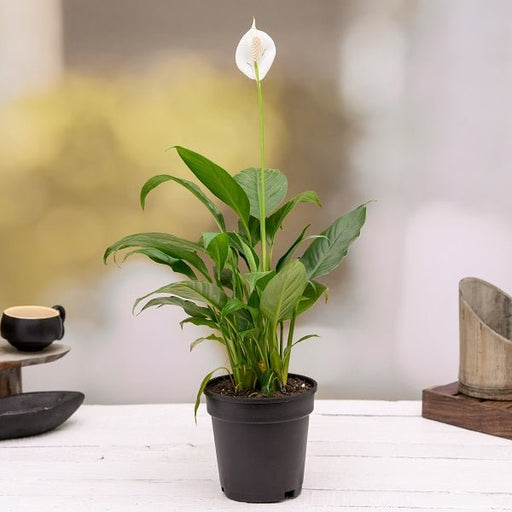 Save up to 15%
Save up to 15%
Peace Lily, Spathiphyllum - Plant The Peace Lily, scientifically known as Spathiphyllum, is a stunning houseplant celebrated for its elegant white...
View full details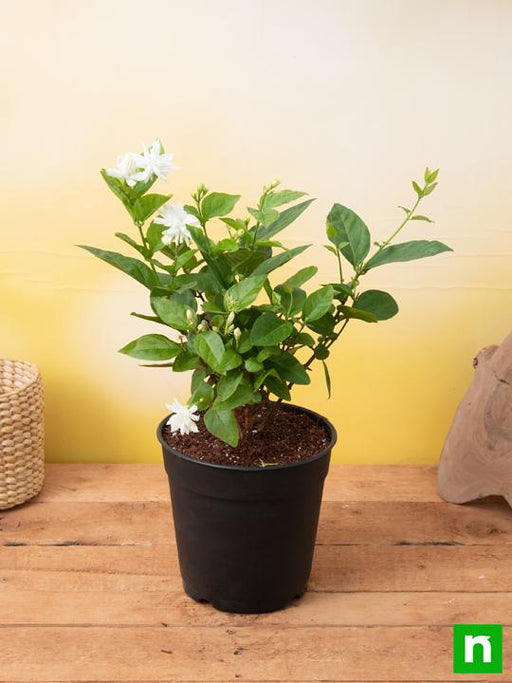
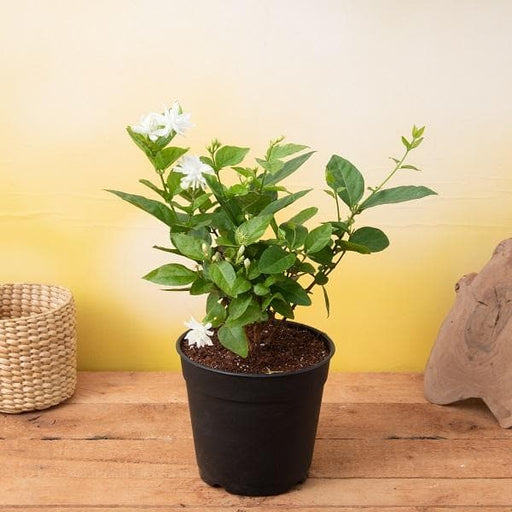 Save 25%
Save 25%
Jasminum sambac, Mogra, Arabian Jasmine - Plant Jasminum sambac, commonly known as Mogra or Arabian Jasmine, is a fragrant flowering plant...
View full details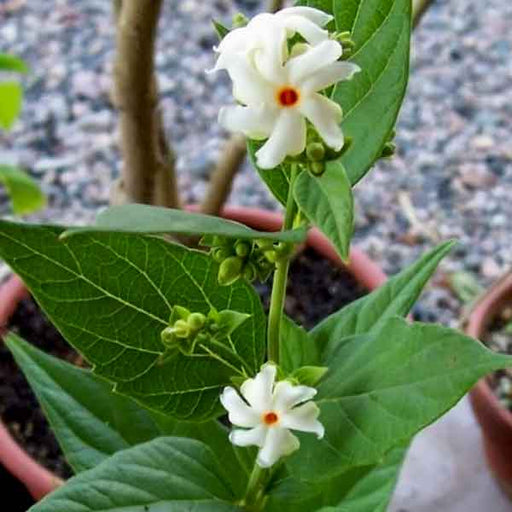
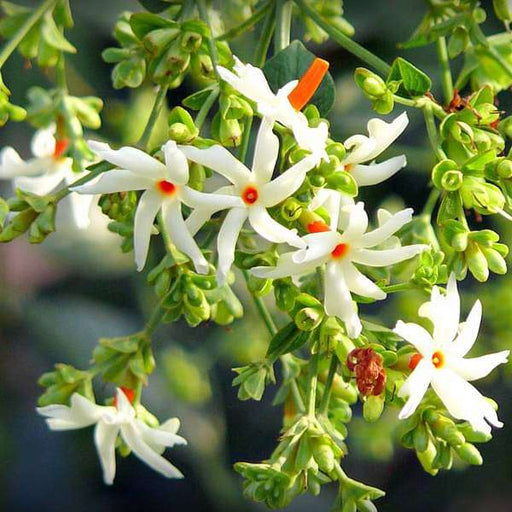 Save 18%
Save 18%
Combo Constituents Includes the Parijat Tree (Night-Flowering Jasmine), a culturally significant plant with fragrant flowers. Description The Pari...
View full details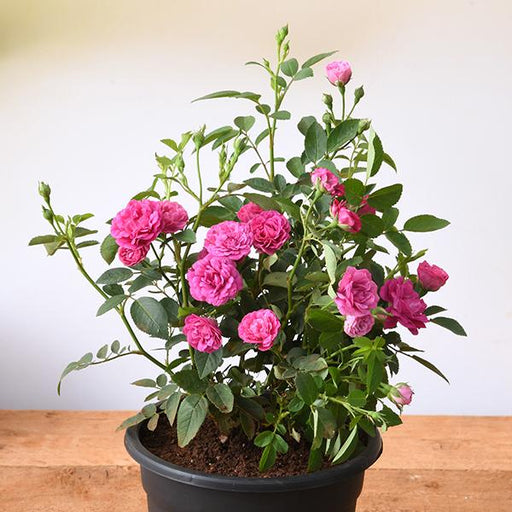
 Save 25%
Save 25%
Miniature Rose, Button Rose (Any Color) - Plant The Miniature Rose, also known as the Button Rose, is a charming and compact flowering plant that ...
View full details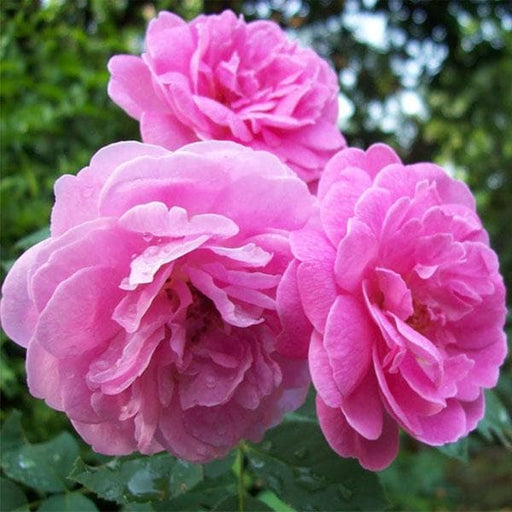 Save 25%
Save 25%
Damascus Rose, Scented Rose (Any Color) - Plant The Damascus Rose, also known as Rosa damascena, is a timeless symbol of beauty and romanc...
View full details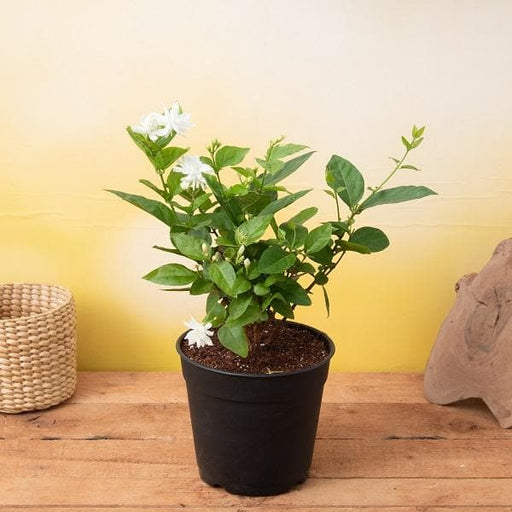
 Save 17%
Save 17%
Beautiful Fragrant Mogra, Arabian Jasmine Plant with Pot The Beautiful Fragrant Mogra, also known as Arabian Jasmine (Jasminum sambac), is...
View full details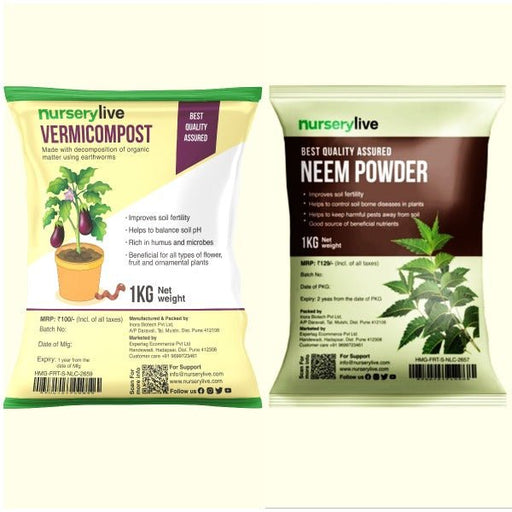 Save 15%
Save 15%
Pack of Vermicompost and Neem Cake for House Plants Transform your indoor garden with our premium Pack of Vermicompost and Neem Cake, spec...
View full details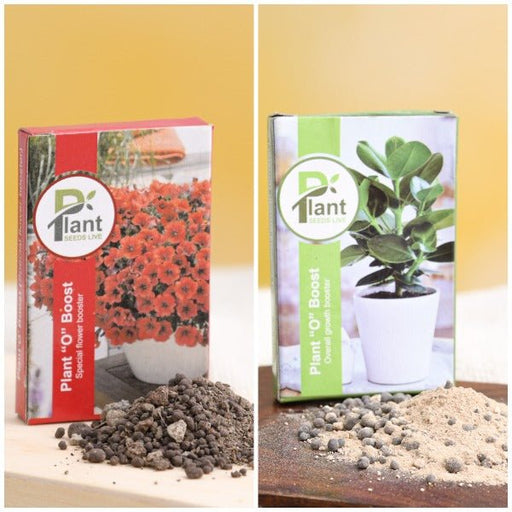
Pack of Plant Growth and Flower Boosters Unlock the full potential of your garden with our Pack of Plant Growth and Flower Boosters! This ...
View full details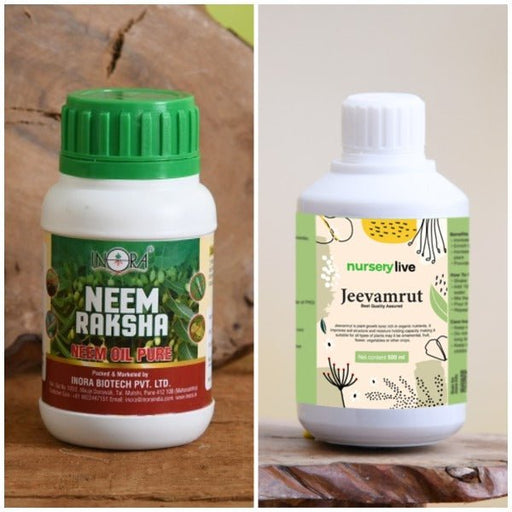 Save 38%
Save 38%
Combo of Jeevamrut and Neem Raksha for Easy Growth and Protection of Houseplants Transform your indoor garden with our exclusive combo of ...
View full details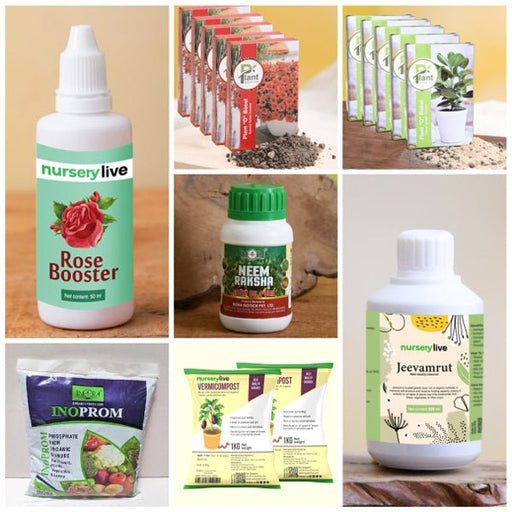 Save 22%
Save 22%
Plant Nutrients Kit (Pack of 16) for a Healthy Garden Transform your garden into a lush paradise with our Plant Nutrients Kit, featuring 1...
View full details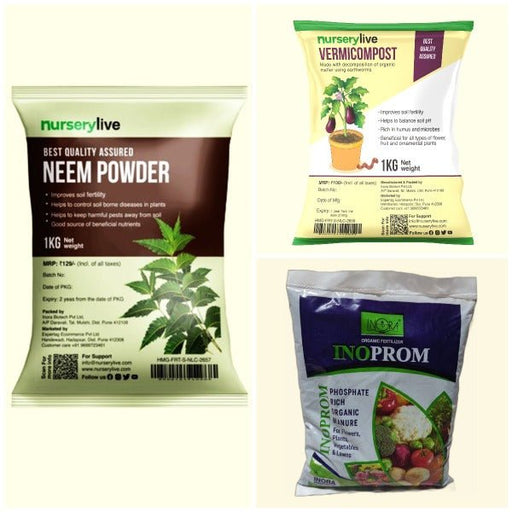 Save 16%
Save 16%
Combo of Top Plant Fertilizers Elevate your gardening game with our exclusive Combo of Top Plant Fertilizers, featuring two bags of premiu...
View full details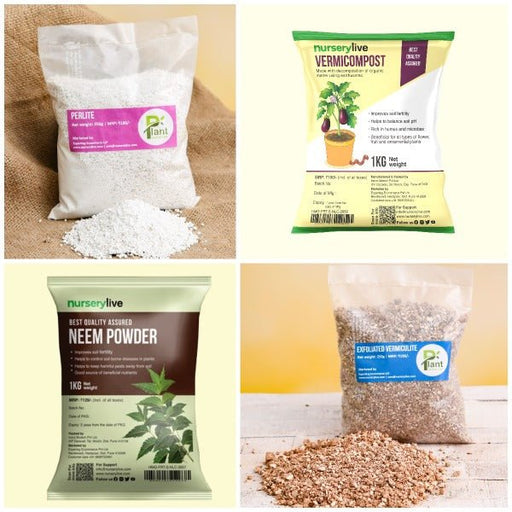 Save 24%
Save 24%
Pack of 4 Additives to Make Soil Healthy and Nutrient Rich Transform your garden into a thriving ecosystem with our Pack of 4 Additives de...
View full details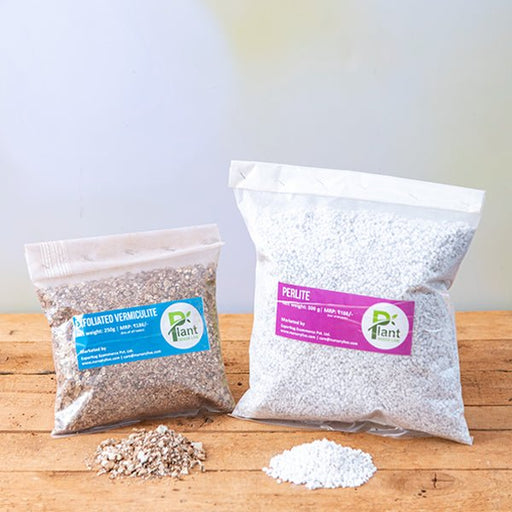 Save 30%
Save 30%
Transform your gardening experience with our premium Combo of Perlite and Vermiculite. This unique blend is designed to enhance soil aeration and ...
View full details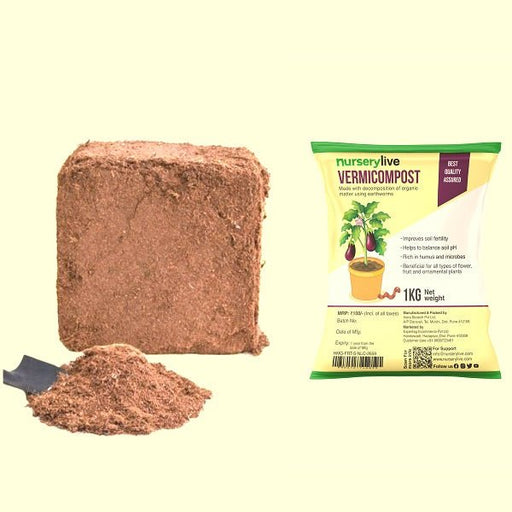 Save 27%
Save 27%
Combo of 2 Vermicompost and Cocopeat - Enrich Your Soil Naturally! Transform your garden into a thriving ecosystem with our Combo of 2 Ver...
View full details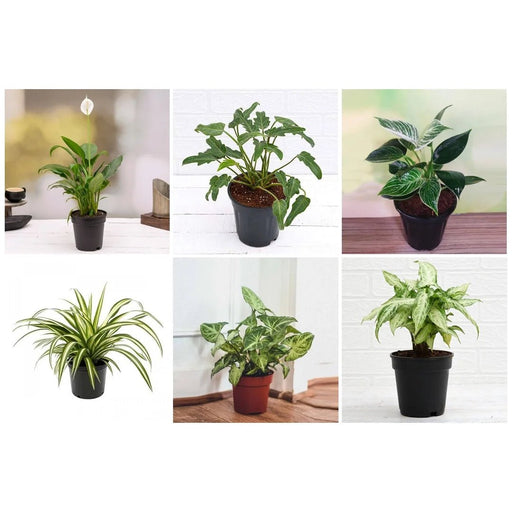
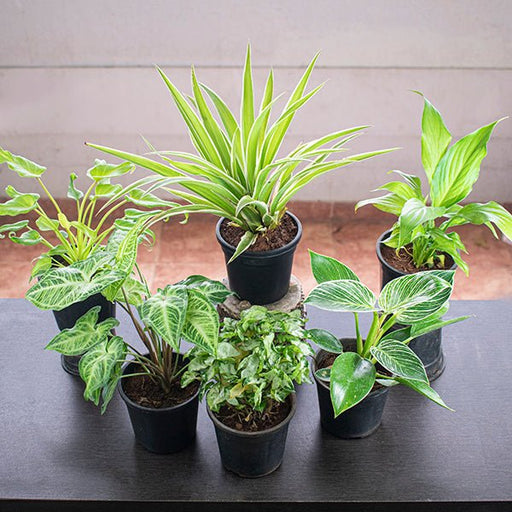 Save 35%
Save 35%
Best 6 Plants for Perfect Indoor Garden Transform your living space into a lush oasis with our curated collection of the Best 6 Plants for a...
View full details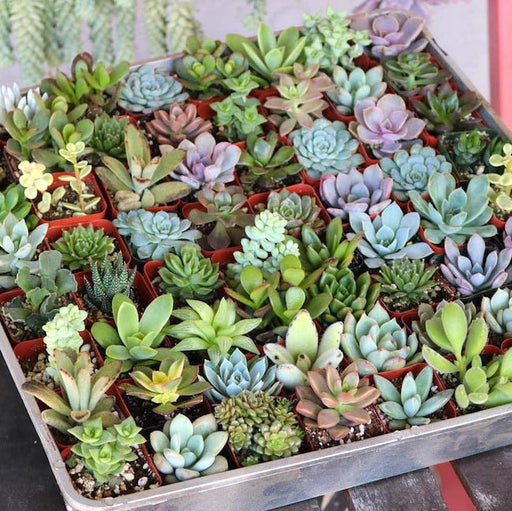
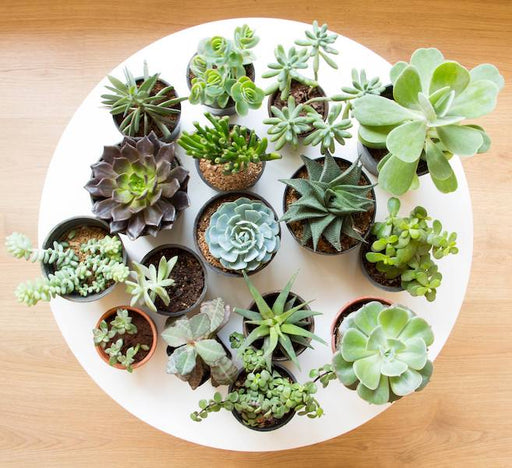 Save up to 50%
Save up to 50%
Mini Succulent Garden Pack Transform your space with our Mini Succulent Garden Pack, featuring a delightful collection of 4 any variety beautiful s...
View full details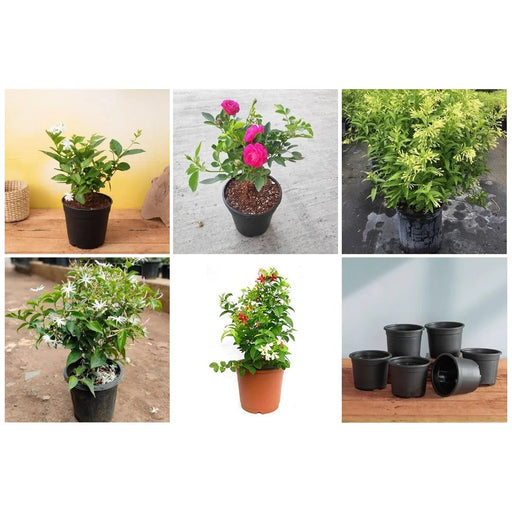
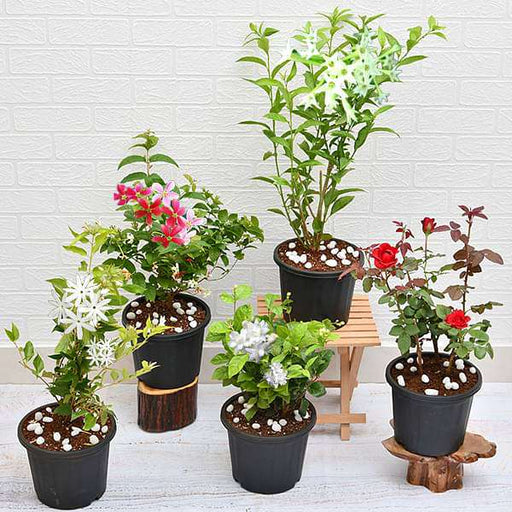 Save 30%
Save 30%
5 Best Fragrant Plants Transform your garden or indoor space into a fragrant paradise with our curated selection of the 5 Best Fragrant Plants. Th...
View full details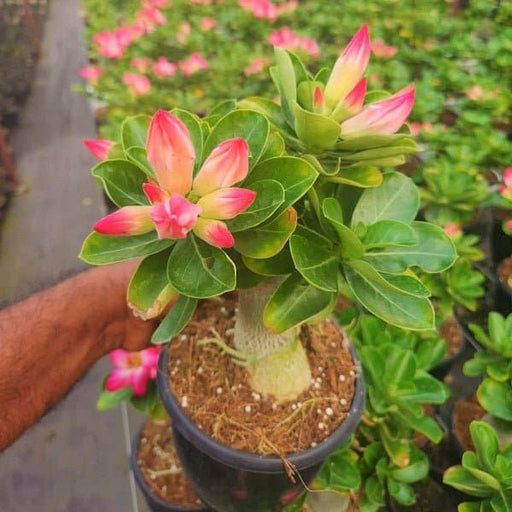
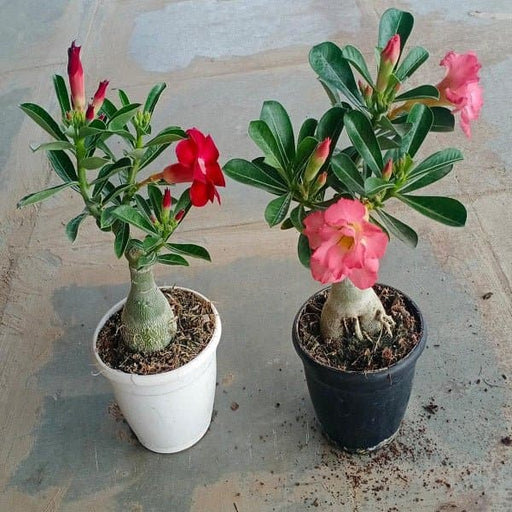 Save 24%
Save 24%
Set of 2 Bonsai Looking Grafted Adeniums Transform your indoor or outdoor space with our exquisite Set of 2 Bonsai Looking Grafted Adenium...
View full details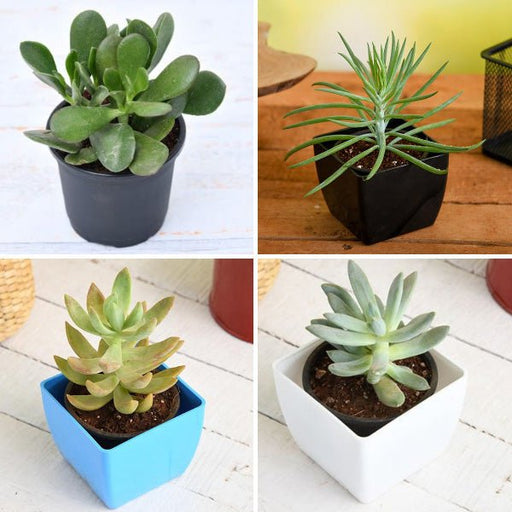 Save 45%
Save 45%
Top 4 Die Hard Succulents Pack Transform your indoor or outdoor space with our Top 4 Die Hard Succulents Pack, featuring a curated selecti...
View full details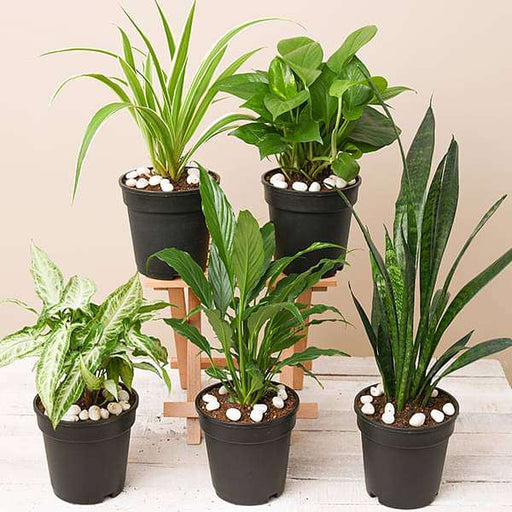
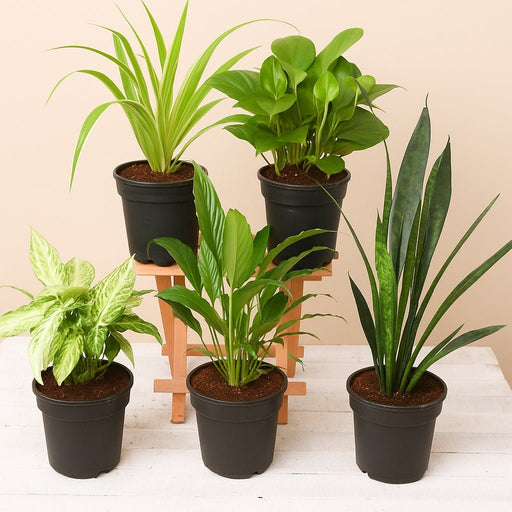 Save 30%
Save 30%
5 Best Indoor Plants Pack Transform your living space into a lush oasis with our '5 Best Indoor Plants Pack.' This carefully curated collection fe...
View full details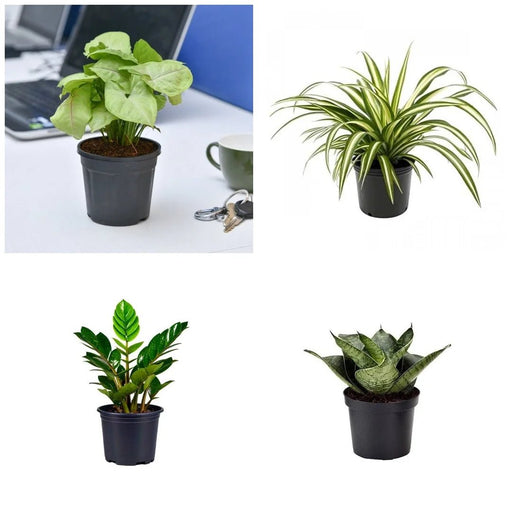
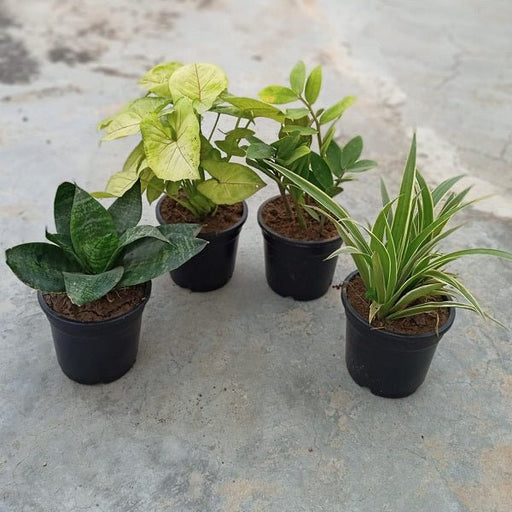 Save 25%
Save 25%
Set of 4 Evergreen Air Purifier Plant Pack Transform your indoor space into a lush, green oasis with our Set of 4 Evergreen Air Purifier Pla...
View full details| SrNo | Item Name | Qty |
|---|---|---|
| 1 | Rubber Plant, Ficus elastica Plant in 5 inch (13 cm) Pot | 1 |
The Rubber Tree, scientifically known as Ficus elastica, is a stunning indoor plant renowned for its glossy, dark green leaves and impressive height. Native to Southeast Asia, this hardy plant can grow up to 100 feet in its natural habitat, but typically reaches 6 to 10 feet indoors. Its air-purifying qualities make it a popular choice for homes and offices, contributing to a healthier indoor environment.
What makes the Rubber Plant special is its ability to adapt to various light conditions, making it suitable for both bright and low-light spaces. Additionally, it has a rich history; once a source of natural rubber, it has transitioned into a beloved ornamental plant. Its striking foliage and ease of care make it a favorite among plant enthusiasts.
One of the standout features of the Ficus elastica is its resilience. This plant can thrive in a range of humidity levels and is relatively pest-resistant, making it an ideal choice for both novice and experienced gardeners. Its lush appearance adds a touch of elegance to any room, enhancing your interior decor.
As a natural air purifier, the Rubber Plant helps to remove harmful pollutants from the air, contributing to a healthier living space. Its ability to thrive in various conditions makes it a sustainable choice for indoor gardening, promoting biodiversity and enhancing indoor ecosystems.
If you think caring for a Rubber Tree is as easy as pie, think again! These leafy wonders require a bit of TLC. They thrive in bright, indirect sunlight and prefer their soil to dry out between waterings. Overwatering is their nemesis, so channel your inner Goldilocks and find that perfect balance. With a little love, your Ficus elastica will reward you with lush, glossy leaves that scream, "Look at me, I’m fabulous!"
Who knew that a plant could be a multitasking superstar? The Rubber Plant not only beautifies your space but also purifies the air, making it a natural air freshener. It’s like having a personal assistant that doesn’t complain! Plus, its ability to adapt to various light conditions means it’s the perfect roommate—no need to worry about it throwing tantrums if you forget to water it once in a while.
The Ficus elastica family is like a celebrity clan, each member flaunting its unique style. From the classic dark green leaves to the trendy variegated versions, there’s a Rubber Plant for every aesthetic. Whether you’re into the chic ‘Burgundy’ or the eye-catching ‘Tineke,’ these plants are sure to elevate your decor game. Just remember, with great beauty comes great responsibility—keep them happy, and they’ll keep your home looking fabulous!
Want to expand your Rubber Tree empire? Propagation is the name of the game! Snip a healthy stem, pop it in water or soil, and watch as it roots itself into your heart (and your home). It’s like giving birth to a mini version of your beloved plant. Just be patient; good things come to those who wait. Soon enough, you’ll have a whole forest of Ficus elastica to show off to your friends!
Ah, the dreaded pest invasion! Rubber Plants can attract unwelcome guests like spider mites and mealybugs. But fear not! A little soapy water or neem oil can send those critters packing. Think of it as a plant spa day—your Rubber Tree will emerge refreshed and pest-free, ready to take on the world. Just keep an eye out; these pests can be sneaky, like that one friend who always “borrows” your favorite sweater.
The indoor Rubber Tree is the ultimate home decor accessory. With its striking foliage and easy-going nature, it’s like the cool kid in school who everyone wants to befriend. It fits perfectly in any room, adding a touch of greenery without demanding too much attention. Just make sure it gets enough light, and it’ll thrive, making your indoor space feel like a tropical paradise—minus the humidity!
Lighting is crucial for your Rubber Plant’s happiness. Think of it as the plant’s version of a sunbathing session. It loves bright, indirect light but can tolerate lower light conditions—like that friend who’s always down for a Netflix binge. Just avoid direct sunlight, which can scorch those beautiful leaves. Find the sweet spot, and your Ficus elastica will flourish, basking in its glory like a true diva.
The right soil is like a cozy bed for your Rubber Tree. It craves well-draining soil that allows its roots to breathe. A mix of potting soil, perlite, and peat moss is the perfect recipe for success. Think of it as a luxurious spa treatment for your plant. With the right soil, your Rubber Plant will grow strong and healthy, ready to show off its stunning foliage to all who enter your home.
If you’re looking for a fast-growing companion, the Ficus elastica is your go-to! This plant can grow several feet a year under the right conditions, making it the overachiever of the plant world. Just provide it with adequate light and water, and watch it stretch toward the sky like it’s auditioning for a role in a botanical blockbuster. Just be prepared for some serious pruning sessions to keep it in check!
your Rubber Plant gets a new pad, and you get to show off your plant-parenting skills!
it’s mildly toxic to pets and humans if ingested. So, if you have curious cats or dogs, keep this beauty out of their reach. Think of it as a plant with a mysterious edge—beautiful but a little dangerous. Just like that one friend who always has the wildest stories to tell!
The Rubber Tree has a fascinating backstory that’s more exciting than a soap opera! Native to Southeast Asia, it was once the star of the rubber industry, providing latex for everything from tires to shoes. Today, it’s a beloved houseplant, charming its way into homes worldwide. So, when you admire your Ficus elastica, remember it’s not just a pretty face; it’s got a rich history that adds to its allure!
Ah, the Rubber Tree, also known as Ficus elastica, is a popular houseplant with glossy leaves that can make any room feel like a tropical paradise. It’s not just a pretty face; it’s also known for its air-purifying abilities. Who knew a plant could be both stylish and functional
Caring for your Rubber Plant is like nurturing a diva. It loves bright, indirect light and prefers to dry out between waterings. Keep it warm and avoid drafts, or it might throw a tantrum. Remember, a happy Rubber Plant is a thriving Rubber Plant, so shower it with love (and occasional fertilizer)!
It’s either a sign of overwatering or a cry for more light. Check the soil moisture and adjust your watering schedule. If it’s too dark, move it to a sunnier spot. Your plant is just trying to tell you it’s not a fan of the gloomy vibes!
Watering your Rubber Tree is like dating; it requires balance. Generally, water when the top inch of soil feels dry. In winter, it’s more of a casual fling—less frequent. Overwatering can lead to root rot, and nobody wants that drama. Keep it hydrated, but don’t drown it in your affection!
Absolutely! Propagating your Rubber Plant is like cloning your favorite friend. Simply take a cutting with a few leaves, place it in water or soil, and watch it grow. Just be patient; good things take time. Soon, you’ll have a mini Rubber Plant army to brighten your space!
Your Rubber Plant can attract pests like spider mites and mealybugs, the uninvited guests of the plant world. Keep an eye out for webbing or cottony spots. A gentle wipe with soapy water or neem oil can send them packing. Remember, a clean plant is a happy plant!
Yes, the Rubber Plant is mildly toxic to pets, so keep it out of their reach. If your furry friend decides to munch on its leaves, they might experience some tummy troubles. Better safe than sorry—consider it a plant with a “no pets allowed” sign. Your plant will thank you!
A Rubber Tree can grow quite tall, reaching heights of up to 100 feet in the wild! But don’t worry, as a houseplant, it usually maxes out around 6 to 10 feet. With proper care, it can become a stunning indoor statement piece. Just remember to give it some space to stretch!
Your Rubber Plant craves well-draining soil, like a diva who only wears designer. A mix of potting soil, perlite, and orchid bark works wonders. This combo ensures good drainage while retaining some moisture. Your plant will thrive, and you’ll be the proud parent of a happy, healthy Rubber Tree!
To coax your Rubber Plant into leaf production, give it bright, indirect light and a balanced fertilizer during the growing season. Regular pruning can also stimulate new growth. Think of it as a little encouragement—like cheering on a friend at a marathon. Your plant will appreciate the support!
The best time to repot your Rubber Plant is during the spring when it’s waking up from its winter slumber. If you notice roots poking out of the drainage holes or stunted growth, it’s time for a new home. Just be gentle; your plant deserves a smooth transition to its new digs!